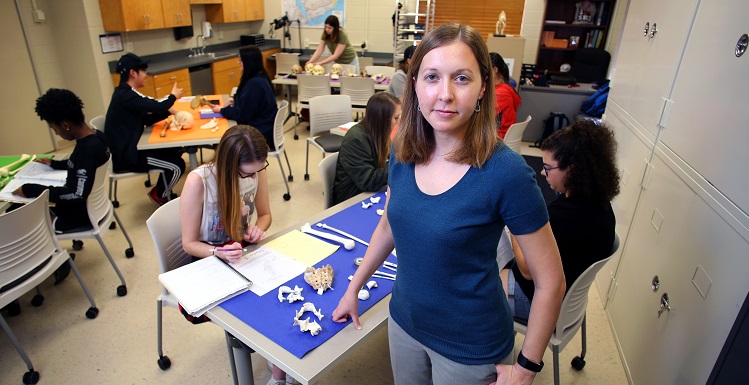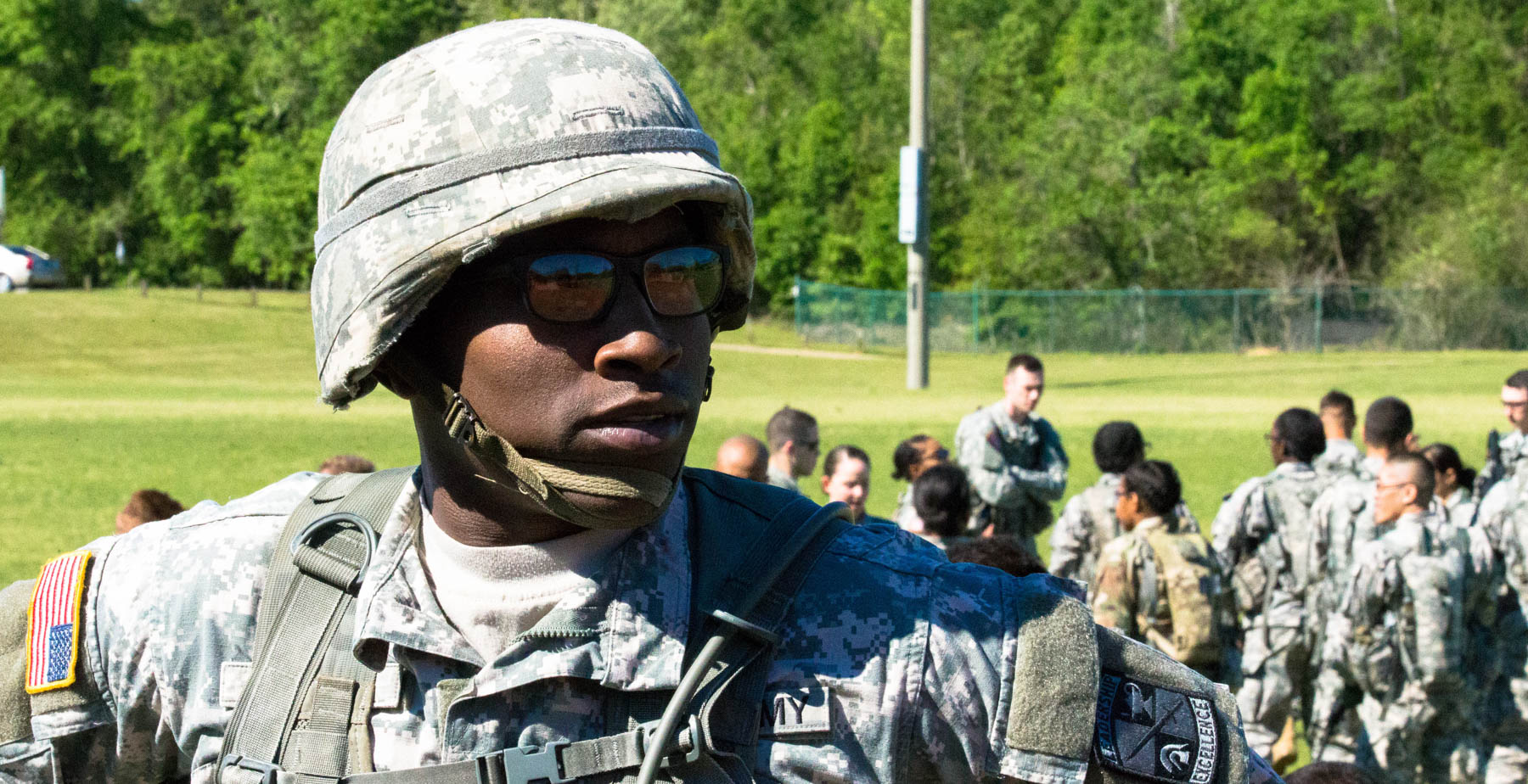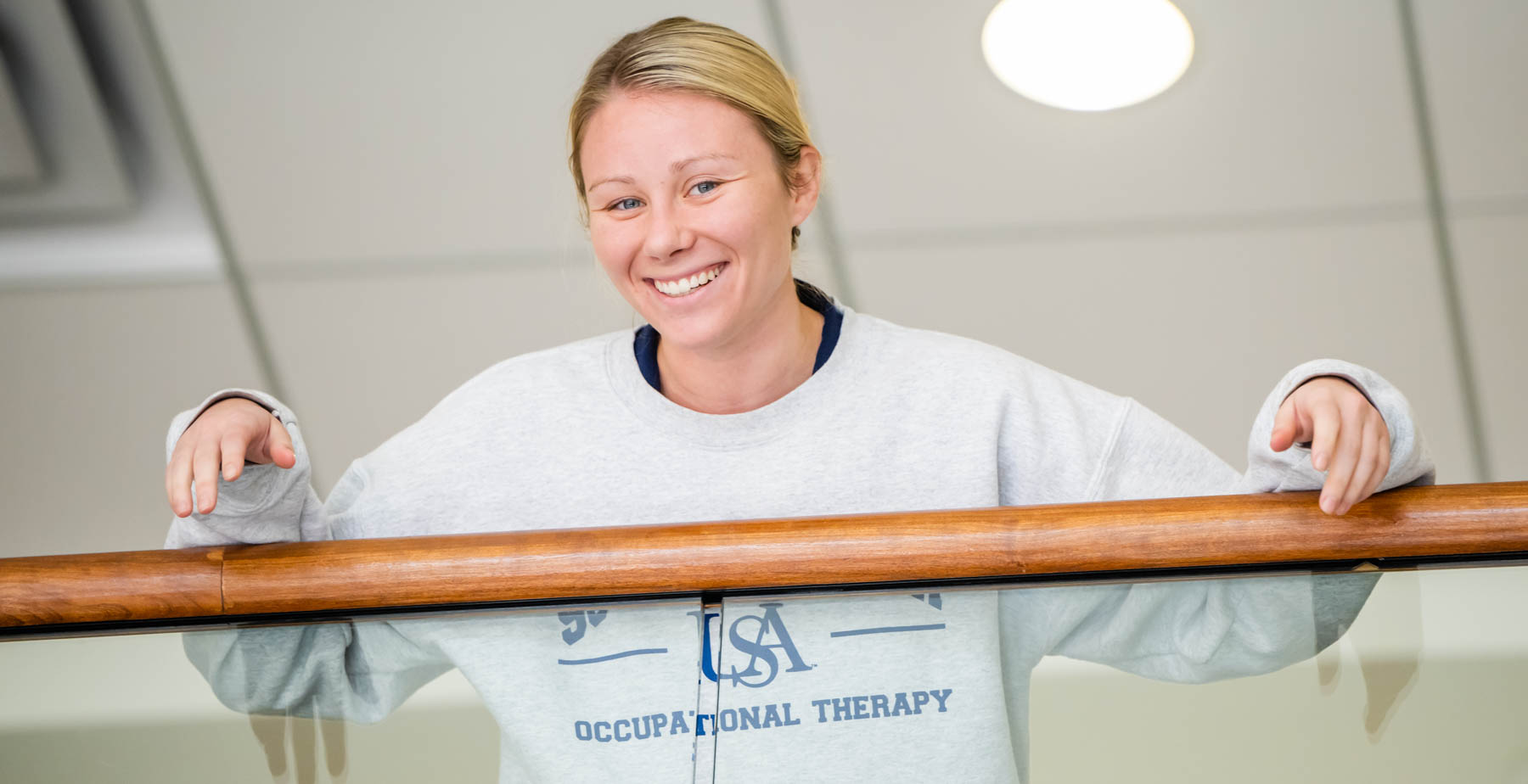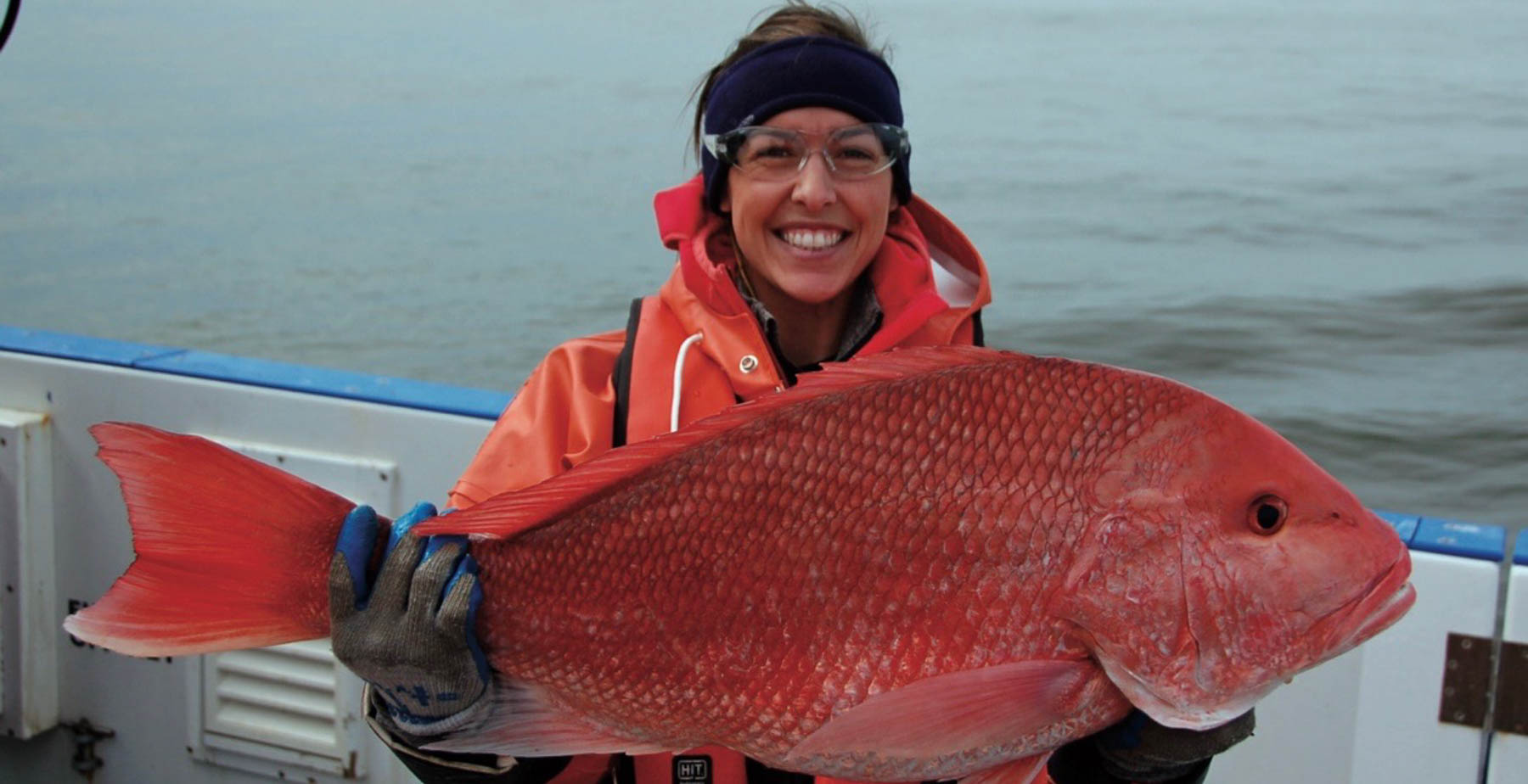6 Things to Know About Vampires
Posted on October 26, 2018

It’s the scariest time of the year when ghouls, goblins and dreaded vampires are likely to cross our path at any moment.
One person who’s not afraid of the otherworldly spirits is Dr. Lesley Gregoricka, associate professor of anthropology at the University of South Alabama. The bioarchaeologist’s field experiences include research in Poland on the Slavia Project, which focused on the remains of six supposed vampires buried in the 17th and 18th centuries. In fact, Gregoricka keeps some of their teeth in her laboratory on campus – inside secure and locked cabinets, of course.
Unlike the characters in movies and on television, Gregoricka is the real deal. Here’s her take on what you and your fellow Halloween fiends likely don’t know about vampires:
- People once thought vampires were real, and took them seriously. While tales of the undead are known around the world, the vampire myth first appeared in Eastern Europe around the 11th century AD. These beliefs persisted well into the 1700s, with people going so far as to bury their dead in unusual ways to prevent them from returning from the grave. Archaeologists have discovered vampire burials across Europe including Poland, Slovakia, the Czech Republic, Bulgaria, Greece and Italy – and study these burials in order to learn more about why certain people were targeted as vampires within their communities.
- Certain things about your life (or death) made you more likely to turn into a vampire. For people living in Eastern Europe in the past, those with “unclean” souls were thought to be at risk of turning into a vampire after death. So, who exactly was considered unclean? This included people who died violently, suffered from a physical deformity, (supposedly) practiced witchcraft, or even those who were not baptized or were born out of wedlock.
- Getting rid of vampires is trickier than you’d think. Suspected vampires could be dealt with in a variety of ways – their heads might be removed, stakes or nails driven through the body as physical restraints, or rocks placed in their mouths to stop them from biting the living. Alternatively, certain charms or objects thought to prevent evil (aka apotropaics) might be buried with them. At the cemetery of Drawsko in northwestern Poland, for instance, some vampires were interred with sickles across their necks, so that if they attempted to rise from the dead, their heads would be removed by the sharp blade of the instrument.
- You can slow a vampire down. Vampire lore from Eastern Europe includes descriptions of people scattering grains around the paths of graveyards, which was meant to distract the undead. This is because vampires were thought to have no choice but to compulsively pick up and count each grain, leaving them vulnerable to the rising sun the next morning.
- Vampires could be any age and either female or male. Many people today assume that vampires were only male, or only adults (think Dracula), but in fact, the archaeological record tells us that people of any age or sex could be suspected of vampirism.
- Vampires stayed close to home. Vampires apparently didn’t wander far from where they grew up. Chemical signatures from teeth belonging to a group of suspected vampires in 17th century Poland revealed that everyone buried as a vampire was local to the area – not outsiders, as had been previously suspected. Interestingly, though, they were not ostracized by their community in death, and were interred alongside normal burials within the same cemetery.
Dr. Lesley Gregoricka also serves as director of the USA Forensic Science Program. She uses biogeochemical techniques to examine changing patterns of human mobility, mortuary practices, paleo diet and social complexity in the Near East and Arabia, and more recently has worked with questions of social identity and deviant “vampire” burials in Eastern Europe. Her primary research program investigates prehistoric mortuary landscapes across the United Arab Emirates and seeks to evaluate how shifting mortuary traditions in southeastern Arabia reflect corresponding changes in sociopolitical complexity and subsistence strategies. From this, she explores how local identity was reinforced and negotiated through the construction of monumental tombs and treatment of the dead.





